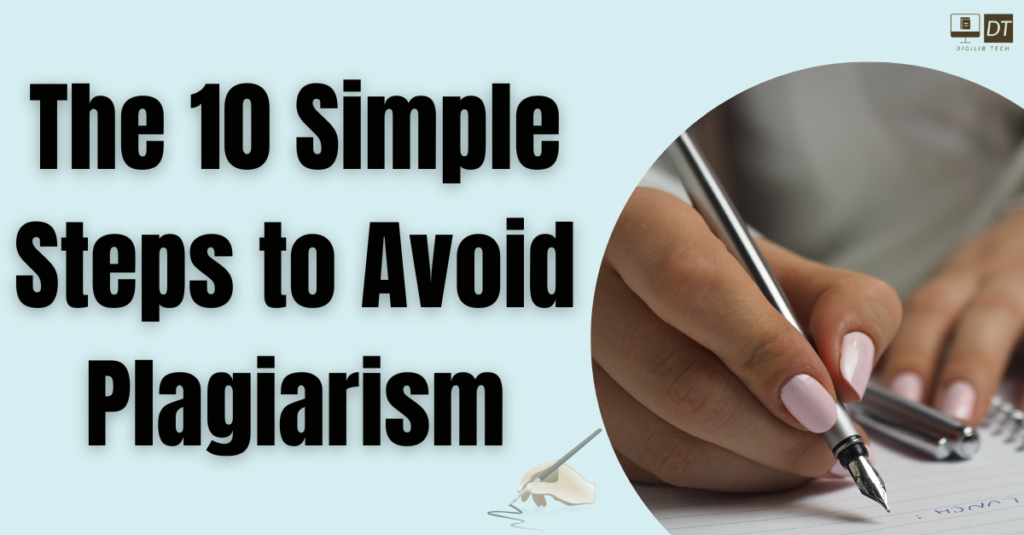Do you want to know how to stop plagiarism? We have an answer for it.
Plagiarism is a type of fraud, intellectual property theft, and general dishonesty. Regretfully, even the most intelligent individuals in our society occasionally experience the impulse to steal ideas from others.
Plagiarism is not only unethical, but it is also illegal in many jurisdictions. As previously noted, Guttenberg is a prime example of how intellectual property theft may ruin a promising career. Gutenberg not only lost his doctorate and his job in the German government, but his hard-earned reputation was also ruined.
There are lots of free plagiarism detectors available online to ease your workload. A plagiarism detector uses advanced database techniques to look for similarities between your writing and other materials.
Online plagiarism detectors analyze and scrape web content in the background, looking for similarities between your writing and a database of already published online content. The keyword analysis reveals exact matches.
Some checkers can also identify partial matches, which is plagiarism in paraphrase. The plagiarism percentage, emphasis, and source names are typically displayed by the checker. Plagiarism checkers available for free online include Scribbr, Quetext, Grammarly, Unicheck, and PlagScan.
10 ideas for avoiding plagiarism:
Begin early.
Cite all the sources.
If you are quoting directly, make it clear.
Learn the rules for your chosen citation style.
Paraphrase
Make sure you cite yourself.
Use a plagiarism checker online.
Add your own work too.
Reference page
Before submitting your work, double-check it.















Your article helped me a lot, is there any more related content? Thanks!
Your article helped me a lot, is there any more related content? Thanks!